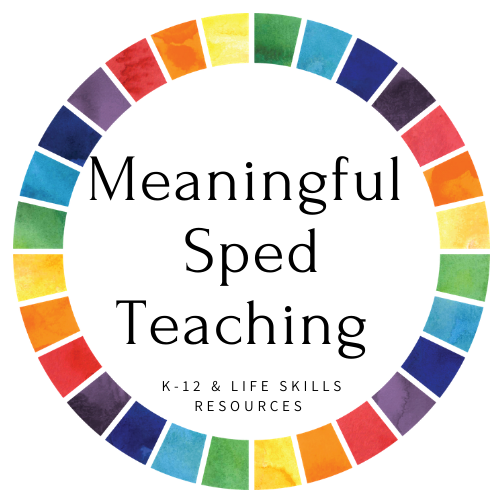
As the new school year begins, it's an exciting time filled with opportunities to create a positive and productive learning environment. Whether you're teaching in a traditional classroom, a special education setting, or homeschooling, setting the tone early on can make a world of difference in your students' experiences. Here are some universal tips to help you start the year off strong, along with a free resource to support your efforts.
1. Build a Strong Classroom Community
One of the most important aspects of any classroom is fostering a sense of community. Start with simple icebreaker activities that allow students to get to know one another and feel comfortable in their environment. Creating a positive atmosphere where every student feels valued will set the foundation for a successful year.
Suggested Activity: Use a "Classroom Community Bingo" game where students find classmates who share similar interests or experiences. This not only breaks the ice but also helps students find common ground with their peers.
2. Establish Clear Expectations
Setting clear expectations from the beginning helps students understand what is expected of them and what they can expect from you. This includes everything from classroom rules to daily routines. Consistency is key in maintaining a structured environment.
Suggested Activity: Create a "Classroom Expectations" poster together with your students. Involving them in the process increases buy-in and helps them feel more responsible for upholding the rules.
3. Incorporate Engaging Learning Activities
Engagement is crucial for student success. Plan a variety of activities that cater to different learning styles and keep students interested. Incorporate hands-on activities, group work, and technology to create a dynamic learning experience.
Suggested Activity: Use interactive learning stations that rotate throughout the week. These stations can include tasks like reading comprehension, math games, or science experiments, allowing students to move and stay engaged.
4. Focus on Social-Emotional Learning
Addressing students' social and emotional needs is just as important as academics. Implement activities that promote self-awareness, empathy, and emotional regulation. This not only supports students' well-being but also contributes to a more harmonious classroom environment.
Suggested Activity: Start each day with a "Morning Check-In" where students can share how they're feeling. This can be done through a simple thumbs up/down or using a feelings chart, providing you with insight into their emotional state.
5. Plan for Flexibility
The beginning of the school year often comes with unexpected challenges. Being flexible and adapting to the needs of your students is essential. Whether it's adjusting lesson plans or finding new ways to engage students, being open to change will help you navigate the school year smoothly.
Suggested Activity: Have a "Flexible Learning" toolkit ready with activities that can be easily adapted for different learning levels or needs. This might include differentiated reading materials, quick brain break activities, or simple art projects.
